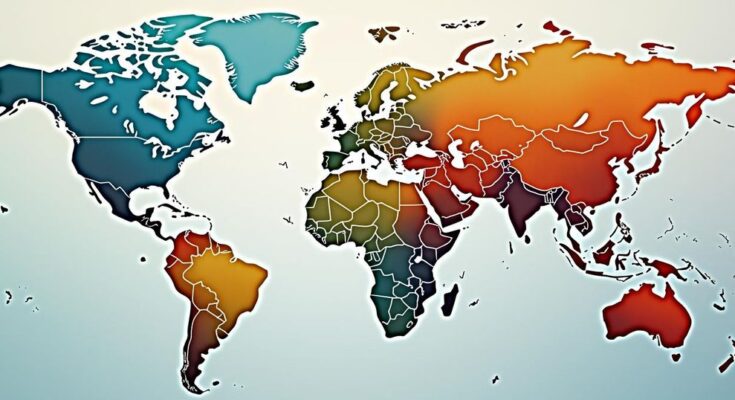CEE countries have surpassed the middle-income trap, yet reaching the income levels of core EU economies necessitates more than a reliance on cheap labor and exports. They must enhance productivity through innovation and effective use of resources. Current market conditions indicate the importance of unlocking domestic demand, especially in light of electoral shifts and EU funding opportunities. The economic outlook remains cautiously optimistic as nations adapt to ongoing challenges and invest in future growth.
Central and Eastern European (CEE) countries have successfully navigated the middle-income trap, yet their journey toward matching core EU economies is far from over. This article by Michał Rubaszek and team highlights that merely banking on cheap labor and an export-driven model will not suffice for sustained growth amid evolving economic landscapes. Instead, these nations must pivot toward innovation and productivity to elevate their economic standing. In contrast to Southern Europe’s reliance on debt-induced growth, CEE nations have seen prosperity driven by foreign direct investment (FDI) and enhanced institutional quality. This shift has brought tangible income growth, yet continued advancement hinges on further productivity improvements, particularly through automation and artificial intelligence. Essential to this transition is also ensuring access to sustainable energy. To propel economic growth, CEE must deepen its financial systems and cultivate a nurturing environment for innovative firms. Harnessing the decarbonization challenge represents a dual opportunity to foster investments while supporting environmental goals. As our analysis shows, unlocking domestic demand will be crucial, particularly in light of this year’s disappointing growth figures linked to a struggling German economy and cautious consumer behavior. Looking ahead, we recognize that the upcoming electoral landscape will undoubtedly influence fiscal policies, with central banks expected to proceed with easing measures. Investment trends in the CEE, particularly regarding European Cohesion funds, will be vital. Countries like Poland, Croatia, and Romania are poised to leverage these funds, while Ukraine faces ongoing challenges due to the war. Turkish fiscal strategies are anticipated to shift focus toward bolstering monetary policy work as disinflation efforts continue, alongside easier fiscal controls in the CIS region. As we examine the economic horizon, we encourage readers to explore our detailed forecasts and analyses, as they offer deeper insights into the region’s diverse financial landscapes.
The article discusses the economic transitions occurring within Central and Eastern Europe, as countries strive to overcome the middle-income trap—a challenge characterized by stagnating growth despite the attainment of middle-income status. It highlights the varying paths taken by CEE nations compared to Southern Europe, where past economic decisions have led to less favorable outcomes. The discussion aims to outline strategies that will enable CEE countries to improve productivity and better align their economic performance with core EU economies.
In summary, while CEE nations have made notable strides in addressing the middle-income trap, the path to truly converging with core EU income levels demands innovative strategies focused on productivity enhancements and sustainable growth. By capitalizing on FDIs and adapting to emerging economic challenges, these countries can secure their financial futures. A proactive approach toward domestic demand and the careful utilization of EU funds is essential for continued progress in the region.
Original Source: think.ing.com



